***NOW HIRING DRIVERS - Great Benefits... Great Pay... Apply Today!!!
Serving Pittsylvania County VA, Caswell County NC & Surrounding Areas
Licensed in VA & NC
3 Things to Expect From Our Septic Tank Pumping Services
Septic pumping is a crucial maintenance task for households that rely on septic systems to manage their waste. Regular pumping ensures that your septic system functions effectively, prevents backups, and extends the lifespan of the system. If you're new to using a septic system, you might be wondering what the pumping process entails. In this blog post, we will cover three things you can expect from our septic tank pumping services, from the initial preparations to the final steps.
1. A Convenient Scheduling Process
First and foremost, knowing when to schedule your septic tank pumping is essential. According to the United States Environmental Protection Agency (EPA), septic tanks should be pumped every three to five years, depending on the size of the tank and the number of occupants in the home. When you contact our professional septic service, we will ask questions about your household size and the last time the tank was pumped to provide a proper estimate. According to Circle of Blue, more than 21 million households in the United States use septic systems to trap and filter their toilet waste. This statistic highlights the importance of regular maintenance to ensure efficient operation.
2. A Helpful, Efficient Service Appointment
During the pumping process, our trained technicians will first locate the septic tank on your property. This is often done by using a map of your system or probing the ground. Once the tank is located, they will remove the tank lid and insert a vacuum hose to remove the accumulated solids and liquids. From our experience, the entire process usually takes a couple of hours, depending on the size of the tank and the amount of waste being removed. It’s important to note that some modern systems have inspection ports or risers that make this part of the process easier and less invasive.
3. A Thorough Inspection and Valuable Insights
After the tank has been pumped, our technicians will perform a routine inspection to check for any signs of damage or potential issues, such as cracks in the tank or blockages in the plumbing. This inspection is an important step to ensure that your system is functioning properly and to catch any problems before they become major issues. They will also provide recommendations on how to maintain your septic system between pumping appointments, which may include water conservation tips and advice on what not to flush down your toilets and drains to prevent clogs and excessive buildup.
Septic tank pumping is an essential part of maintaining a healthy and functioning septic system. By understanding the process and knowing what to expect, you can better prepare for your next service and ensure that your system continues to operate efficiently. With so many households relying on septic systems, routine maintenance is not something to overlook. If you're looking for dependable septic services, contact our team at Hodnett Septic Tank Cleaning today. We look forward to serving you!
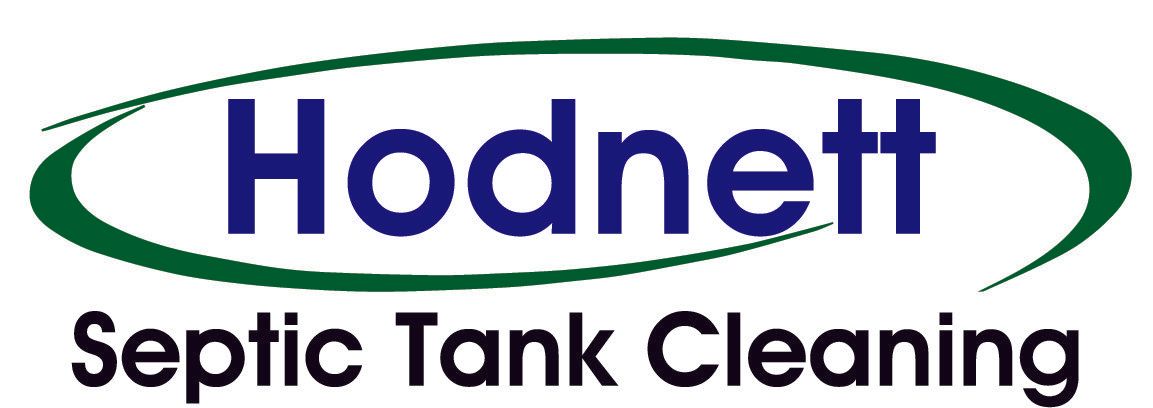
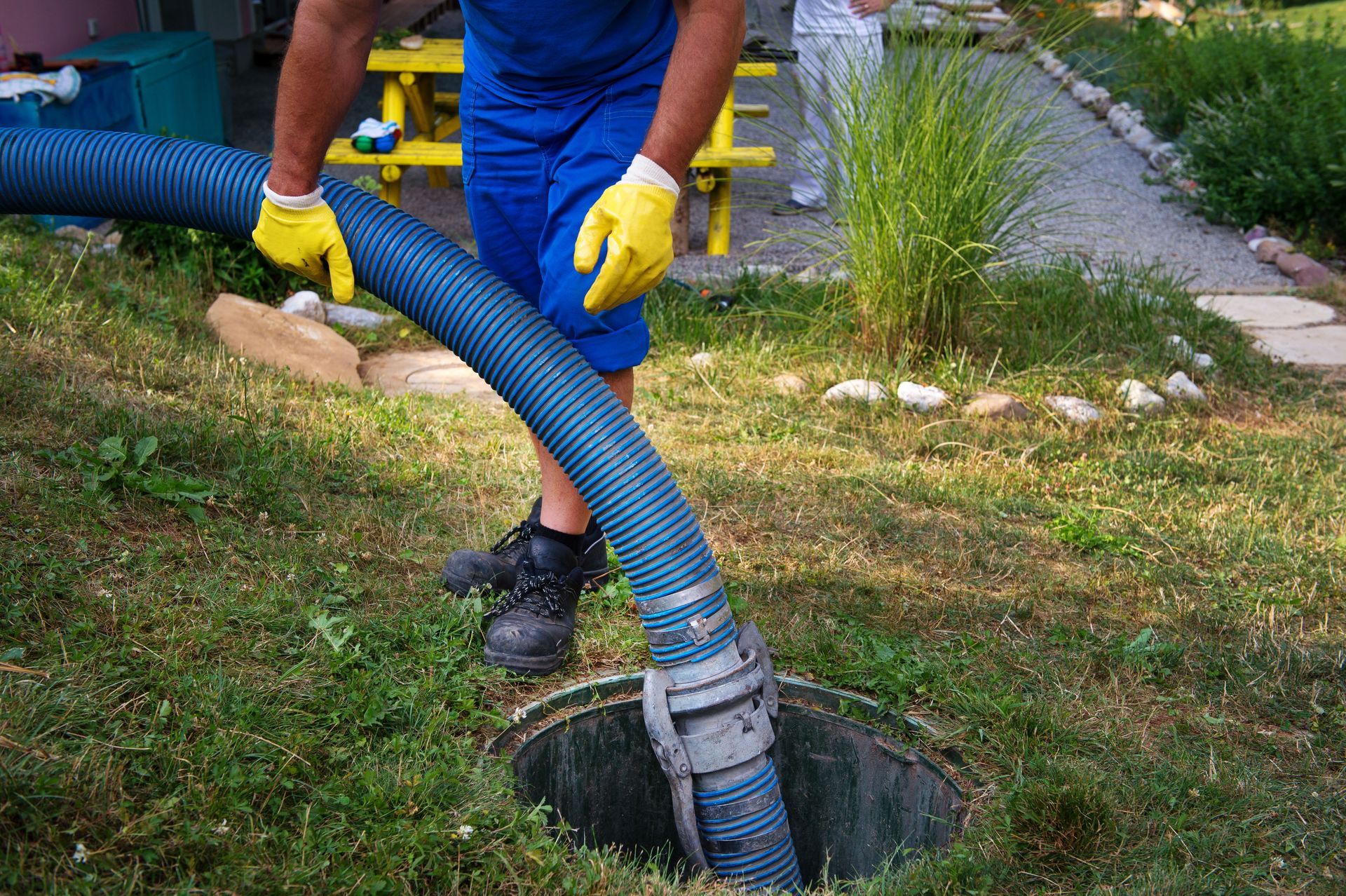
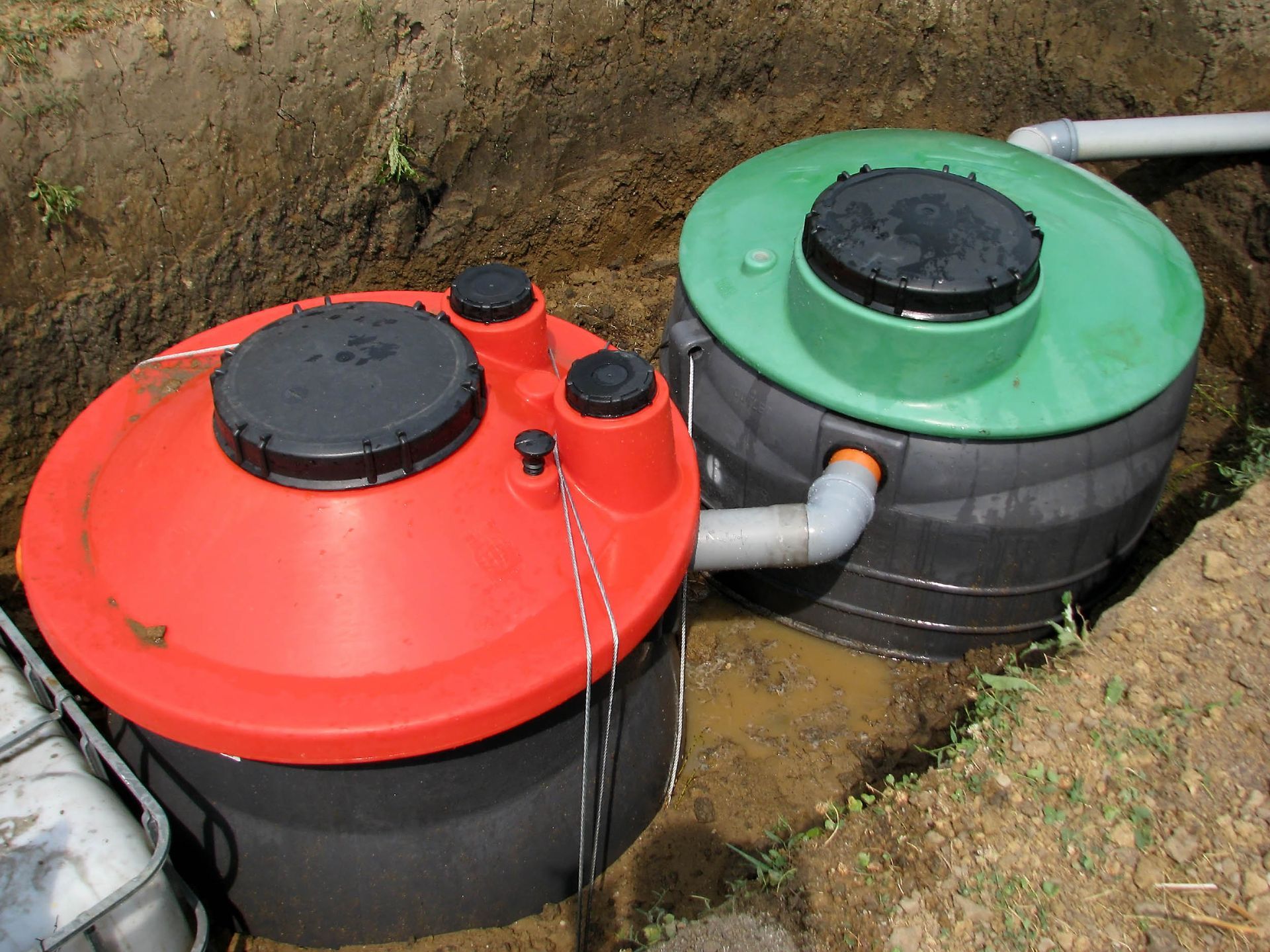
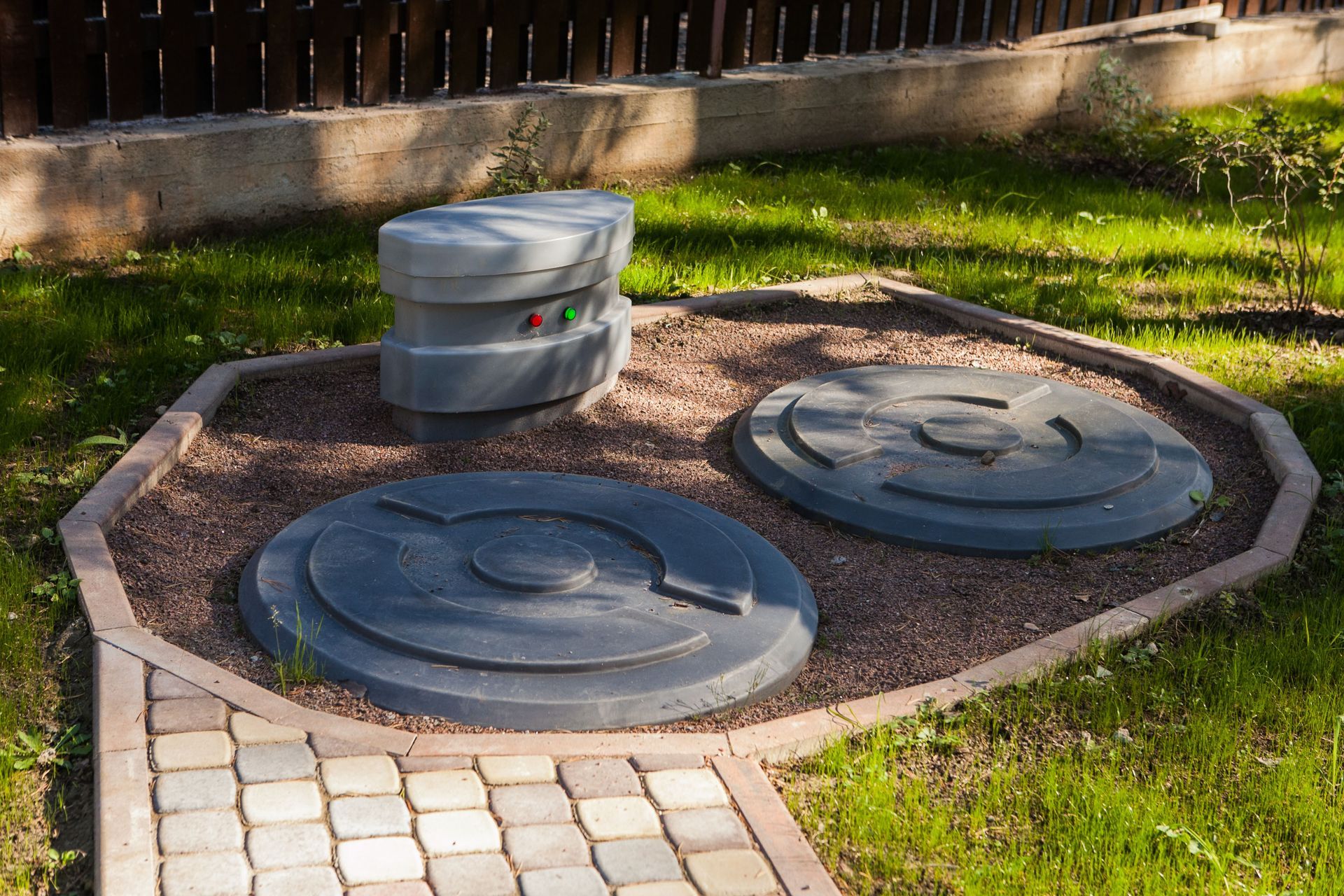
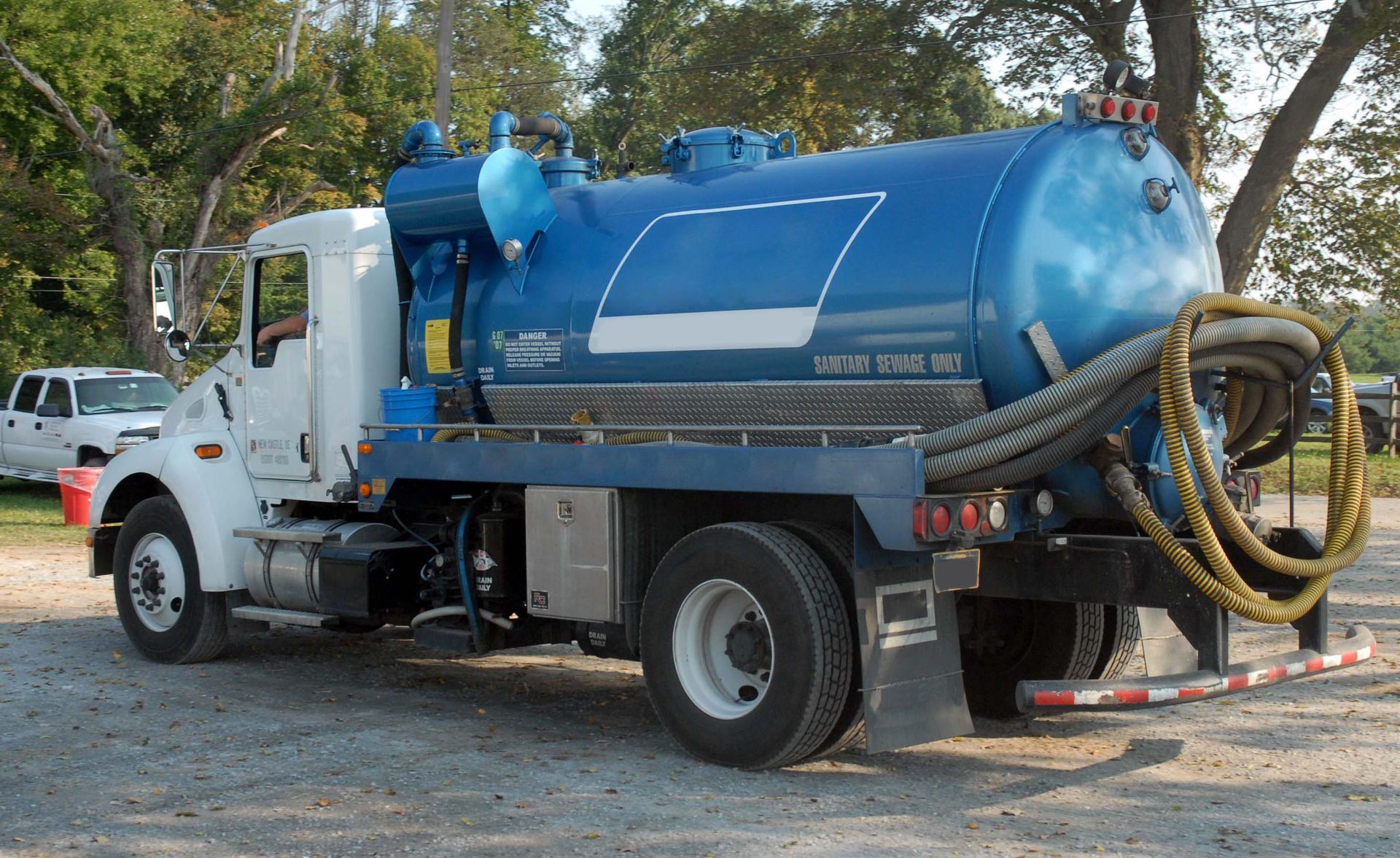
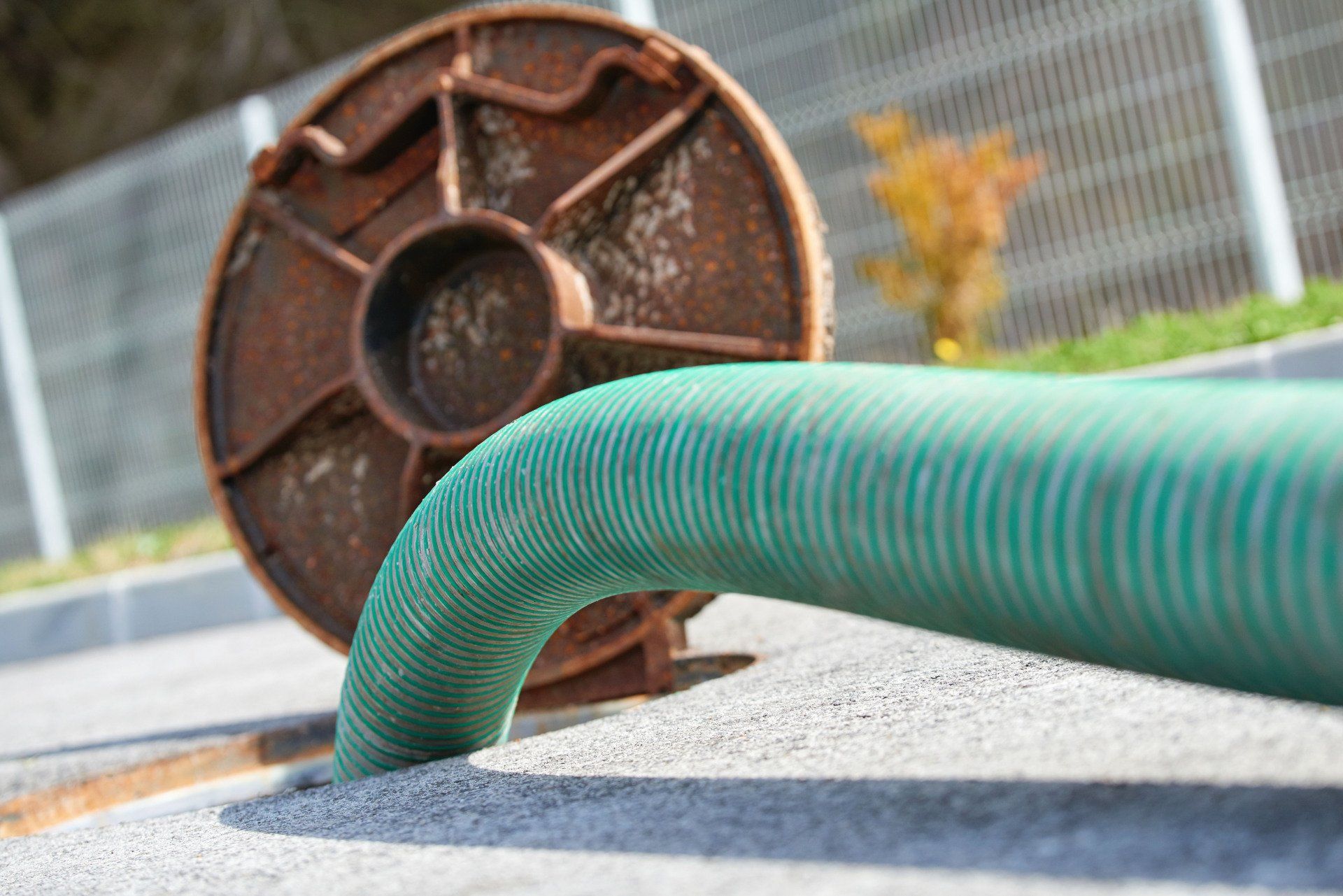
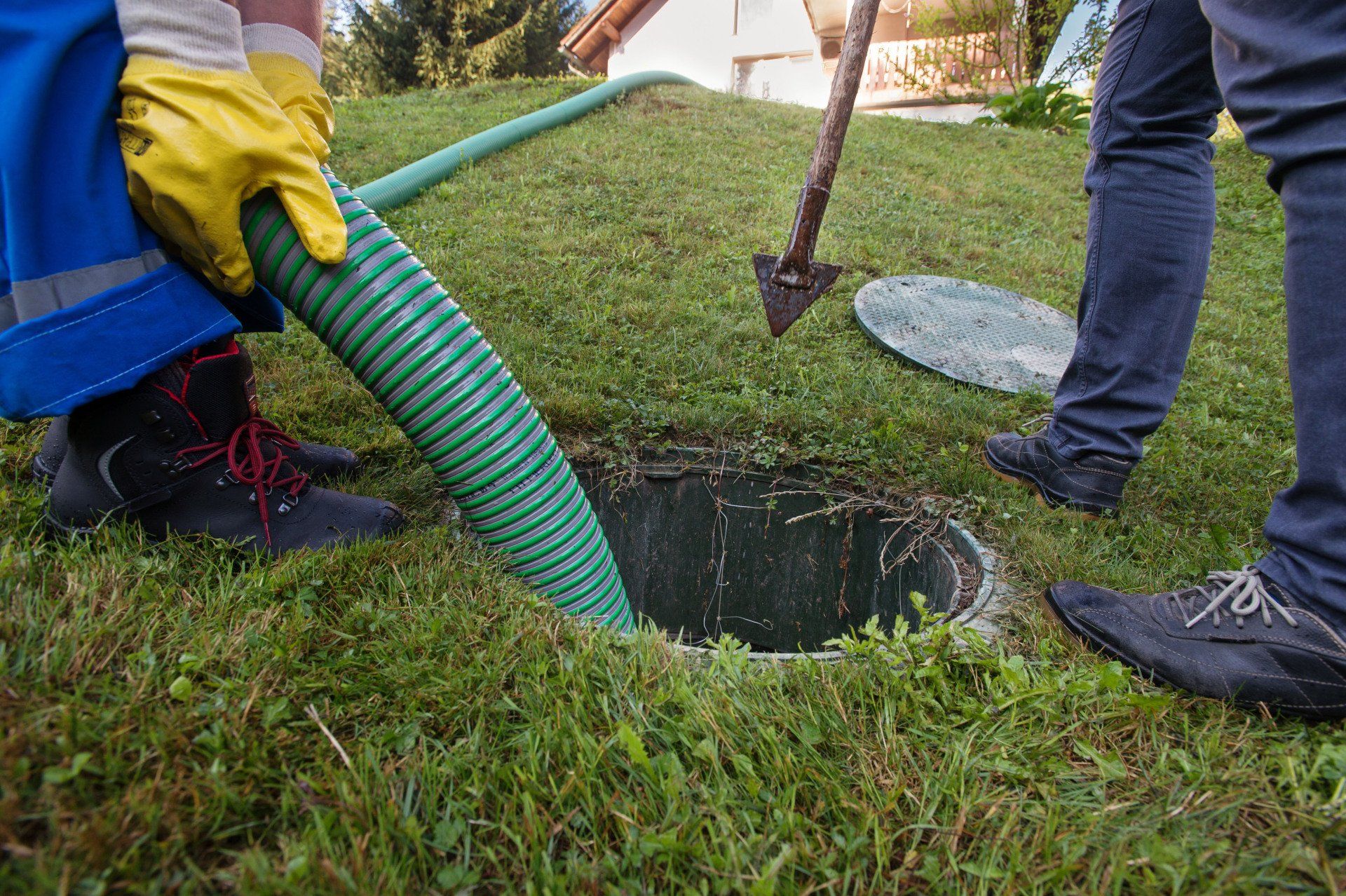






Share On: